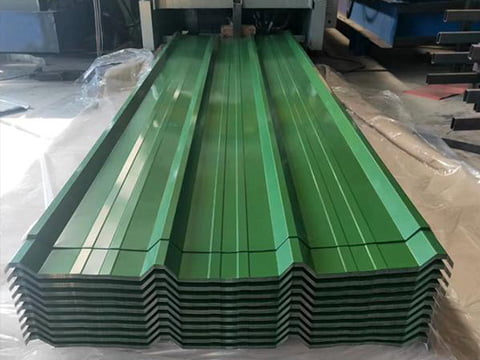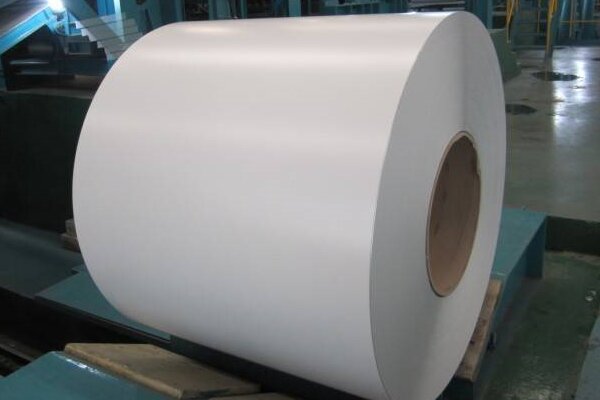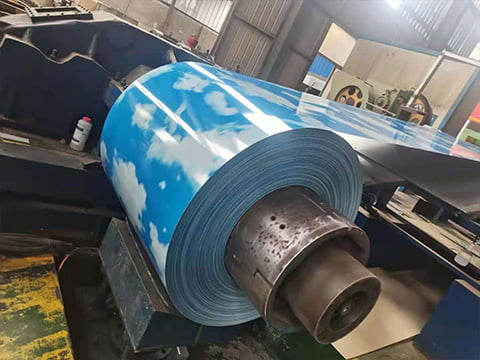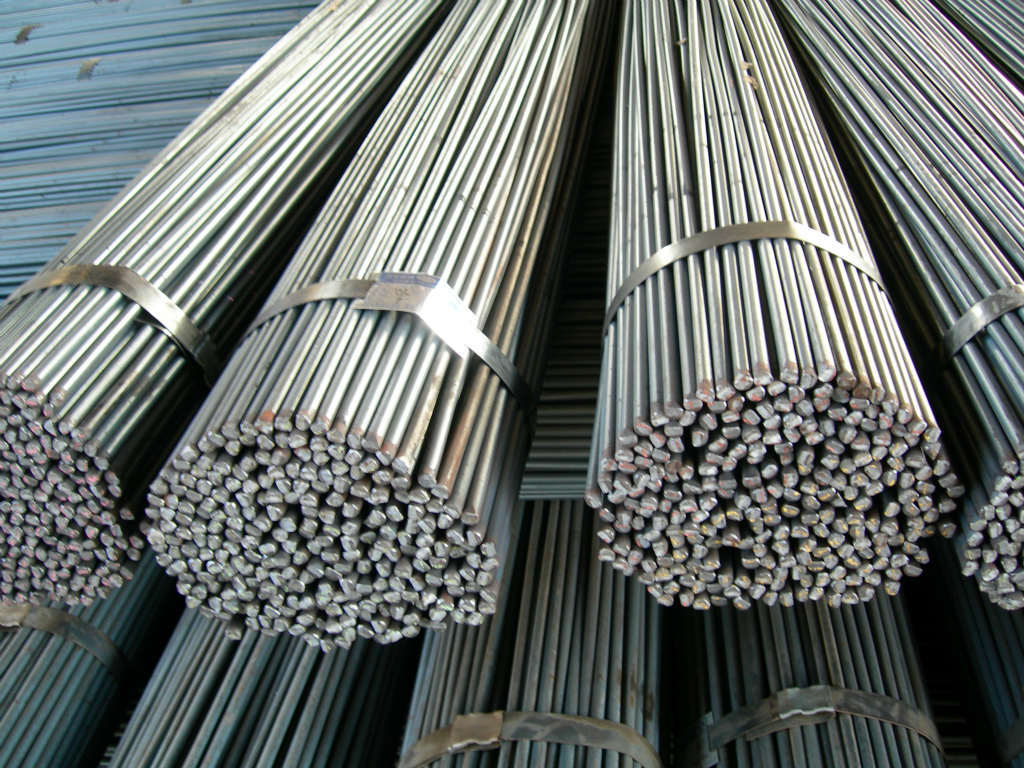Uncovering the relationship between carbon content and material properties
In industrial manufacturing and material selection, the hardness of steel is a key indicator. Many buyers and consumers often ask: “Is high carbon steel harder or softer?” This article will comprehensively answer this question from the perspective of carbon content, steel properties to practical applications, and provide professional advice on purchase and use.
How Carbon Content Affects Steel Hardness
The hardness of steel is mainly determined by its carbon content. High carbon steel usually refers to alloys with a carbon content of more than 0.6%, between 0.6% and 1.5%. While low carbon steel has a carbon content of less than 0.3%, and medium carbon steel has a carbon content between 0.3% and 0.6%.
Role of carbon:
Carbon exists in steel in the form of solid solution or carbide, forming iron carbide (Fe₃C) in steel. When the carbon content increases, the proportion of cementite (Fe₃C) in the steel increases significantly. This hard and brittle metal compound can hinder lattice slip. As the carbon content increases, the lattice structure of the steel becomes denser, thereby improving the hardness and wear resistance of the material.
Hardness comparison:
High carbon steel: The hardness can reach HRC 60 or above (such as tool steel, spring steel).
Low carbon steel: The hardness is usually less than HRC 30 (such as ordinary structural steel).
| Parameter | High carbon steel | Low carbon steel |
| Carbon content | 0.8% (such as T8 steel) | 0.2% |
| Dureza | HRC 60~65 (after quenching) | HRC 20~30 |
Conclusion: High carbon steel is indeed harder than low carbon steel, but the toughness decreases and the brittleness increases


Nonlinear Relationship between Carbon Content and Hardness
Although the higher the carbon content, the higher the overall hardness, this relationship is not linear, and the following key points should be noted:
Marginal effect of hardness growth
When the carbon content exceeds 0.8% (eutectic point), the cementite volume is saturated and the hardness growth slows down. Too high carbon content (such as above 1.2%) may lead to increased brittleness and imbalance between hardness and toughness.
The regulating effect of heat treatment process
Quenching temperature: High carbon steel requires precise control of heating temperature (such as 800~850℃) to avoid overheating and grain coarsening.
Tempering treatment: Low temperature tempering (150~250℃) can reduce internal stress, maintain high hardness and improve toughness.


Advantages and Disadvantages of High Carbon Steel
Advantages:
High hardness: suitable for scenes requiring wear resistance and pressure resistance (such as knives, bearings).
High strength: can withstand large static loads.
Good wear resistance: the surface is not easily worn out by friction.
Disadvantages:
Poor toughness: easy to break, not suitable for impact loads.
Low weldability: easy to crack during welding.
Difficult processing: performance needs to be optimized through heat treatment (such as quenching and tempering).
Application scenarios of high carbon steel
Knives and cutting tools: high hardness ensures long-lasting sharpness (such as kitchen knives and saw blades).
Springs and wires: high strength supports repeated deformation (such as automobile suspension springs).
Mold manufacturing: wear resistance extends service life (such as stamping molds).
Decorative materials: the gloss of high carbon steel is suitable for high-end hardware.


High Carbon Steel vs Other Steels
| Characteristic | High carbon steel | Medium carbon steel | Low carbon steel |
| Dureza | High | Medium | Low |
| Toughness | Low | Medium | High |
| Processability | Difficult | Average | Easy |
| Aplicaciones | Tools, molds | Shafts, gears | Building structures |
Preguntas frecuentes
Q1: Is high carbon steel necessarily harder than all steels?
Not necessarily! Some alloy steels (such as high-speed steel) can maintain toughness at higher hardness by adding elements such as molybdenum and tungsten.
Q2: Are all high carbon steels harder than medium carbon steels?
Not necessarily! If not quenched, high carbon steel may only be slightly harder than medium carbon steel. For example:
Annealed T12 steel has a hardness of about HB 210, while quenched and tempered 40Cr steel can reach HB 280.
Q3: How to detect the actual carbon content of steel?
Professional method: Spectrometers (such as handheld XRF) can quickly determine the element content.
Simple test: Through the spark identification method (high carbon steel sparks are slender and bright).
Q4: Does high carbon steel rust faster?
Carbon content itself does not affect corrosion resistance, but high carbon steel is often used in exposed environments such as knives and requires additional rust prevention.
Conclusión
High carbon steel has irreplaceable advantages in situations where high wear resistance and strength are required due to its high hardness. However, its brittleness and processing difficulty also need to be carefully balanced. Understanding the relationship between carbon content and performance can help you choose the most suitable materials for your project. If you have purchasing needs, you can contact us. We have a professional business team that will provide you with professional and comprehensive services.



